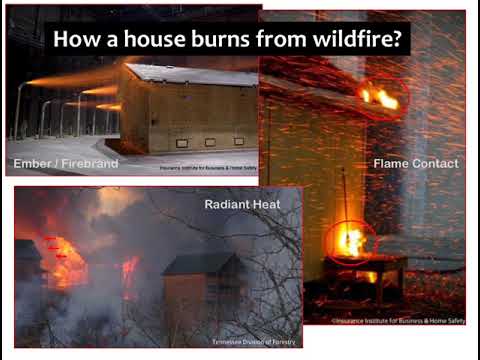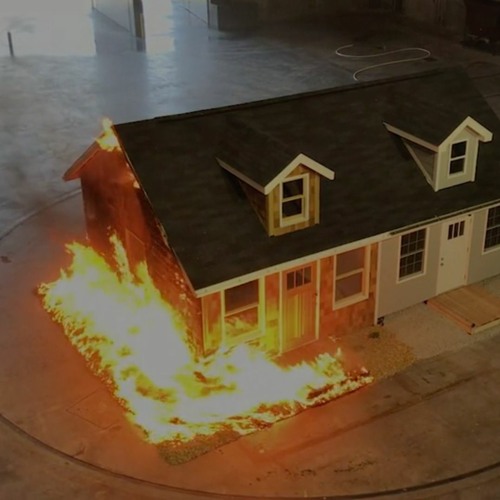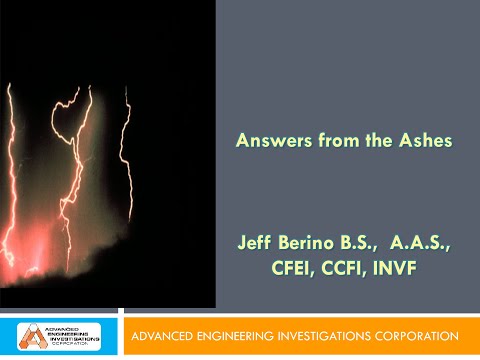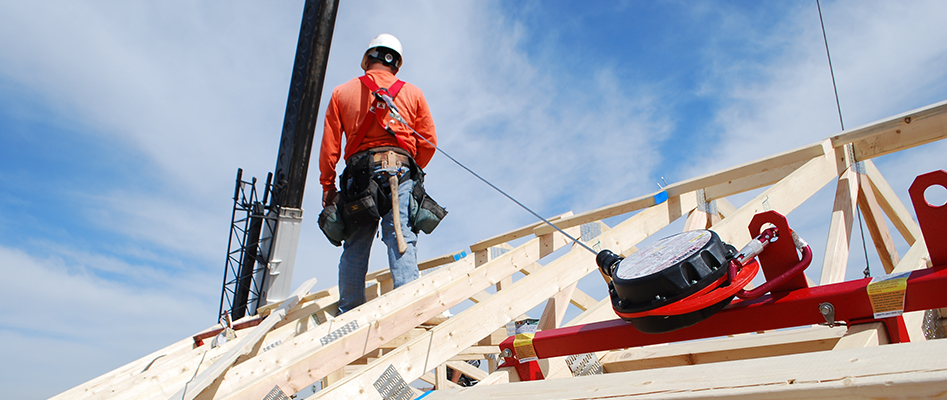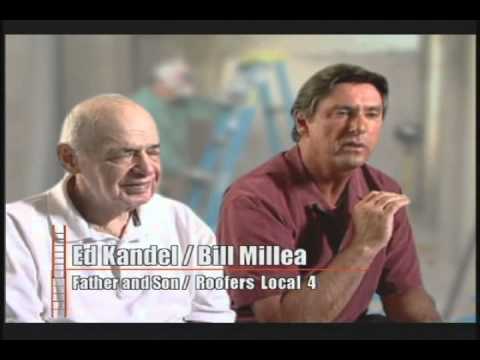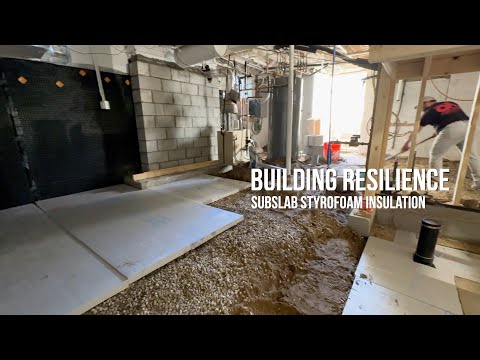"It's not a matter of if, it's WHEN"
—Ben Nicholls, Division chief, CAL FIRE Sonoma-Lake-Napa Unit
This presentation was part of a multi-day training session on living with fire in California's coast ranges. the speaker goes over some basic levels of fire protection from priorities, to high-level assessments of the growing fire danger—due in large part to new density in structures popping up in the coast ranges.
The tighter information about defensible space around houses comes in around 15 minutes, if you want to jump to it.
Firefighter priority levels:
- Life
- Property
- Environment
Fuel loading: tons of fuel per acre.
Tons per acre of wildland vs tons per acre of wildland covered by houses change the fuel load dramatically.
"Quite a lot, right?"
Structures make simple wildland fires more complicated because of the fuel concentration.
Whatsmore, more than one hundred years of fire suppression has changed the species composition from dense hardwood to lighter softwoods (more flammable) that are packed tighter together (denser fuel loading).
Because the wildland is itself less resistant to fire, adding houses to wildlands is adding fuel to the fire hazard.
Bottom line: there are not enough firefighters, fire trucks, and air support to save everything, so it's up to property owners to make the property easy to save.
Defensive belts and/or layers around communities
- Fuel breaks cut into forests to provide a line of safety
- Prescribed burns in adjacent forests to eliminate future fuel danger
Defensible space: separating the property from natural fuel sources (15:00)
He shows an areal photo with a three hundred-foot low-density area between a community and the surrounding undeveloped wildland. There are multiple levels in this 300-foot separation zone and multiple zones within the last level.
- Landscape-level -- fuel breaks that follow natural or artificial topographic features such as rivers, roads, and ridgetops. Topographic fuel breaks give firefighters an anchor point to work from.
- Neighborhood-level -- as soon as the first structure goes, the rest are extremely vulnerable.
- House level -- hardening the home with layers of defensible space.
House-level wildland fire protection: defensible space
It's not only about protecting a structure from the wildland, it's about protecting the wildland getting from the structure. Tree limbs can catch fire from chimneys, causing a wildland fire.
- Zone 1, within 30 feet of the house. Keep tree limbs 10 feet away from chimneys.
- Zone 2, 30 - 100 feet from the house
Zone 1 hazards: immediate separation
- Leaves and needles on the roof are the number 1 cause of structure fires.
- Dead grass around the structure is like a fire wick. Keep the grass lean.
- Spread small trees and shrubs apart so they won't daisy-chain the danger into your house.
- Don't store things under decks. Just don't.
- Move the woodpile out of zone 1 or cover it with a fireproof covering. Clear the ground of fire fuel ten feet around the woodpile or make a concrete or stone pad for woodpiles.
Zone 2: remove the large dead material
- Three inches of dried material on the ground is fine, but get rid of the logs and stumps.
- Get the propane tanks far away from the house. set on a concrete pad or clear debris from the ground.
- Clearly mark your address on the mailbox so firefighters can find you.
- Screen chimney openings to protect wildland against embers.
Eliminate ladder fuel with vertical breaks
'Ladder fuel' is vertical levels of fuel sources linking the ground to the canopy tree layer. Eliminating shrubs under trees and/or removing lower branches can create a vertical fire break between the duff and the Doug fir, dude.
- Remove brush under trees and keep a six-foot clearance between the ground and first branches.
- If you must keep the brush under the tree, provide three times the brush's height of clear space below the lower tree branches.
Spread trees and shrubs apart to reduce the horizontal ladder effect
As terrain around the house gets steeper, separation should grow dramatically. Because fire loves a hillside.
- Flat ground to mild slope (<20% slope) -- separate plants a distance of twice their height. Five-foot shrubs should be placed no closer than ten feet apart.
- Mild to moderate slope (20% - 40%) -- separate plants a distance of four times their height. Five-foot shrubs should be placed no closer than twenty feet apart.
- Moderate to steep slope (>40%) -- separate plants a distance of six times their height. Five-foot shrubs should be placed no closer than thirty feet apart.
Cal Fire uses defensible space inspectors to fill a GIS map database showing relative danger among properties and communities across their district so they can plan their strategy based on the actual danger.
More info: readyforwildfire.org
